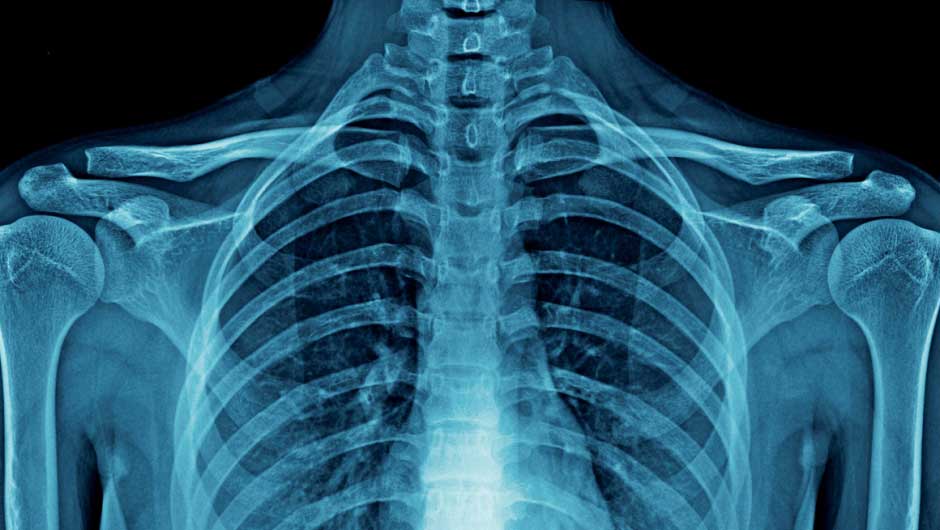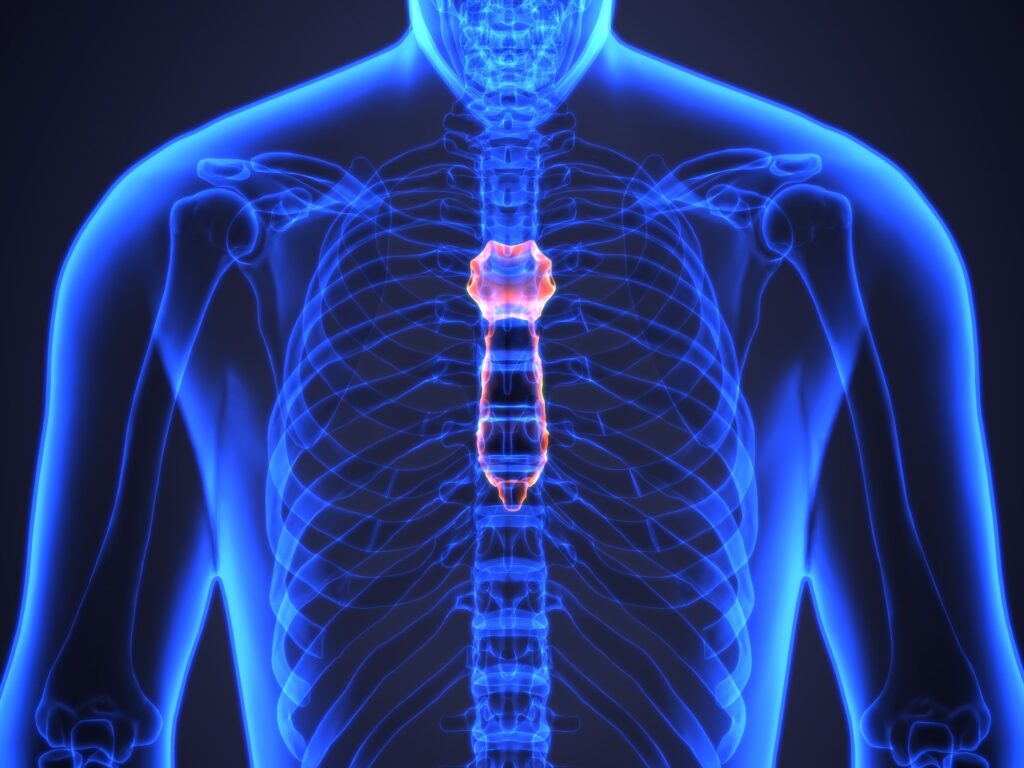COSTOCHONDRITIS – SYMPTOMS, CAUSES, AND TREATMENT
Costochondritis is a swelling of the cartilage that joins a rib to the breastbone (sternum). Pain caused by costochondritis may look like that of a heart attack or other heart conditions.
Costochondritis is sometimes referred to as chest wall pain, costosternal syndrome, or costosternal chondrodynia. Sometimes, inflammation accompanies the pain (Tietze syndrome).
Costochondritis generally has no apparent cause. Treatment concentrates on relieving your pain while you wait for the condition to improve on its own, which could take several weeks or longer.
Costochondritis generally goes away on its own however it may last for several weeks or longer. Treatment concentrates on pain relief.
COSTOCHONDRITIS SYMPTOMS
- The pain related with costochondritis generally:
- Happens on the left side of your breastbone
- Is sharp, aching or pressure-like
- Affects more than one rib
- Gets worse when you take a deep breath or cough

WHEN SHOULD YOU SEE A DOCTOR?
If you have chest pain, you should look for emergency medical attention to rule out life-threatening causes like a heart attack.
COSTOCHONDRITIS CAUSES
Costochondritis generally has no clear cause. Occasionally, although, costochondritis might be caused by:
- Injury – A blow to the chest is one instance.
- Physical strain – Heavy lifting, strenuous exercise, and severe coughing have been connected to costochondritis.
- Arthritis – Costochondritis may be linked to specific problems, like osteoarthritis, rheumatoid arthritis, or ankylosing spondylitis.
- Joint infection – Viruses, bacteria, and fungi like tuberculosis, syphilis, and aspergillosis could infect the rib joint.
- Tumors – Non-cancerous and cancerous tumors could cause costochondritis. Cancer may travel to the joint from other parts of the body, like the breast, thyroid, or lung.
COSTOCHONDRITIS RISK FACTORS
Costochondritis happens most usually in women and in people older than 40 years.
Tietze syndrome generally happens in teenagers and young adults, and with equal frequency in men and women.

COSTOCHONDRITIS DIAGNOSIS
During the physical examination, your doctor or primary care physician will feel along your breastbone for areas of tenderness or inflammation. The doctor or primary care physician might also move your rib cage or your arms in specific ways to try to trigger your symptoms.
The pain of costochondritis could be very identical to the pain related to heart disease, lung disease, gastrointestinal problems, and osteoarthritis. While there is no laboratory or imaging test to confirm a diagnosis of costochondritis, your doctor or primary care physician may order specific tests like an electrocardiograph, X-ray, computed tomography (CT) scan, or magnetic resonance imaging (MRI) to rule out other conditions.
COSTOCHONDRITIS TREATMENT
Costochondritis generally goes away on its own however it may last for several weeks or longer. Treatment concentrates on pain relief.
Medications
Your doctor or primary care physician may suggest:
- Non-steroidal anti-inflammatory drugs (NSAIDs) – Although certain medications, such as ibuprofen (Motrin IB) or naproxen sodium (Aleve) are available over the counter, your doctor might prescribe stronger varieties of these non-steroidal anti-inflammatory medications. Side effects might include damage to the stomach lining and kidneys.
- Narcotics – If your pain is serious, your doctor or primary care physician might prescribe medications containing codeine, like hydrocodone/acetaminophen (Vicodin, Norco) or oxycodone/acetaminophen (Tylox, Roxicet, Percocet). Narcotics could be habit-forming.
- Antidepressants – Tricyclic antidepressants, like amitriptyline, are usually used to control chronic pain particularly if it is keeping you awake at night.
- Anti-seizure drugs – The epilepsy medication gabapentin (Neurontin) also has proved successful in managing chronic pain.
Therapy
Physical therapy treatments may include:
- Stretching exercises – Gentle stretching exercises for the chest muscles might be helpful.
- Nerve stimulation – In a procedure known as transcutaneous electrical nerve stimulation (TENS), a device sends a weak electrical current via adhesive patches on the skin near the region of pain. The current may interrupt or mask pain signals, preventing them from reaching your brain.
Surgical and other procedures
If conservative measures do not work, your doctor or primary care physician may suggest injecting numbing medication and a corticosteroid directly into the painful joint.
If you or anyone you know is suffering from costochondritis, our expert providers at Specialty Care Clinics will take care of your health and help you recover.
Call 469-545-9983 to book a telehealth appointment for an at home check up.
